Traveling back to the time in 1925, Paris, while the country is still recovering from the great war and society is in chaos, the city’s iconic landmark still stands still, the great Eiffel Tower but then you hear about something extraordinary — A con man is attempting to sell the Eiffel Tower to scrap metal dealers, and what’s more? It’s not have been the first time. Yes, this actually happened when a clever man with the name Victor Lustig a.k.a “Count” not only successfully sold the Eiffel Tower once, but he also had the courage to sell it again.

Who was Victor Lustig?
Born in Hostinné, Austria-Hungry (present-day Czech Republic) in 1890, Victor Lustig sure was an extraordinary young boy with an exceptional grasp on learning things. Being brilliant in studies, one thing was sure that the little Victor had a promising future, but he rather proved himself as a troublemaker. By the time he was 19, he was studying in Paris and found himself into the company of fellow gamblers.
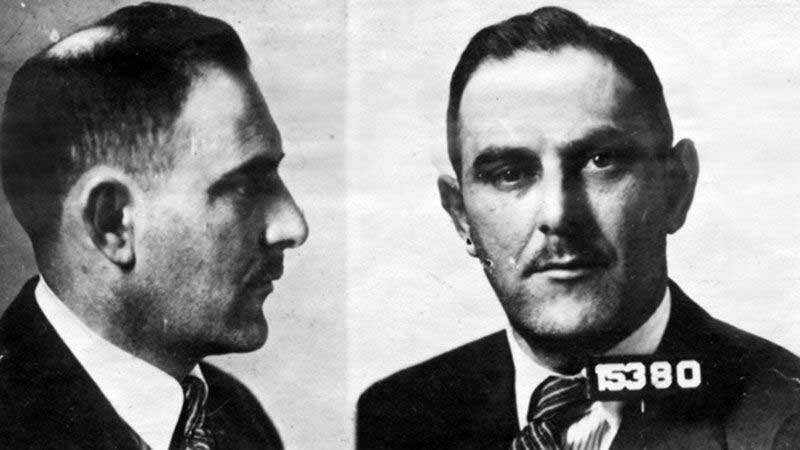
Lustig was keen to learn more languages that would be helping him with his life of crime, along with which he practiced his “art” in form of cons and scams that eventually helped him gain money and property and the thrive for more became obvious.
He might have been successful at scamming people on the table, but his passion for women lead him into trouble. Lustig received a distinctive scar on the left side of his face after a jealous boyfriend found that he consorted with his woman.
After leaving school, Lustig parleyed his studies and his multilingual skills into the one thing he knew he was good at — scamming people.
His new “career” was blooming and he started weaving a fiction about his life. He told everyone he met in the way that he had been the only child of the Mayor of his small Austrian town but in fact, his mother and father were poor peasants who lived in a modest house made of stones.
There was only one way Lustig could earn more as his greed grew, and that was to target richer people. That led him to the fertile location to expand his criminal career — the Trans-Atlantic Ocean liners that made voyages between France and New York City. These luxurious ships were filled with rich travelers enjoying all the amenities of first-class. That gained Lustig the perfect opportunity to size up potential marks, as well as his scams
Lustig was excellent at conversations, and one of his signature moves was presenting himself as an extraordinarily wealthy, learned man seeking investment in his projects based in New York, which many of his targets saw as a good opportunity.
But Lustig’s great scams came to an end when World War I made the Atlantic a much more dangerous place, eventually suspending the Trans-Atlantic liners services. It was now time to move to a better land of opportunities – the United States.
After moving to America, as usual, Lustig started doing what he was best at and at one point even pulled off an elaborate heist on a bank, offering them bonds tied to a repossessed property, in exchange for cash on hand. But Lustig had studied sleight of hands and was able to escape with both cash and the bonds in hand.
But unlike Paris or the ocean liners, Law enforcement was much more active in the U.S., and he soon became one of the most wanted men. He now had powerful investigators on his tail and he needed a better plan, a scam that would earn him much more than he earned with his regular cons. That’s how he came up with the idea of his new product — The Rumanian Box.
Lustig’s “Rumanian Box”
This product of Lustig’s that he called the Rumanian Box, a “device” that could just make money appear out of thin air. But of course, there wasn’t any magic or technology behind it and it was purely a work of his con skills.
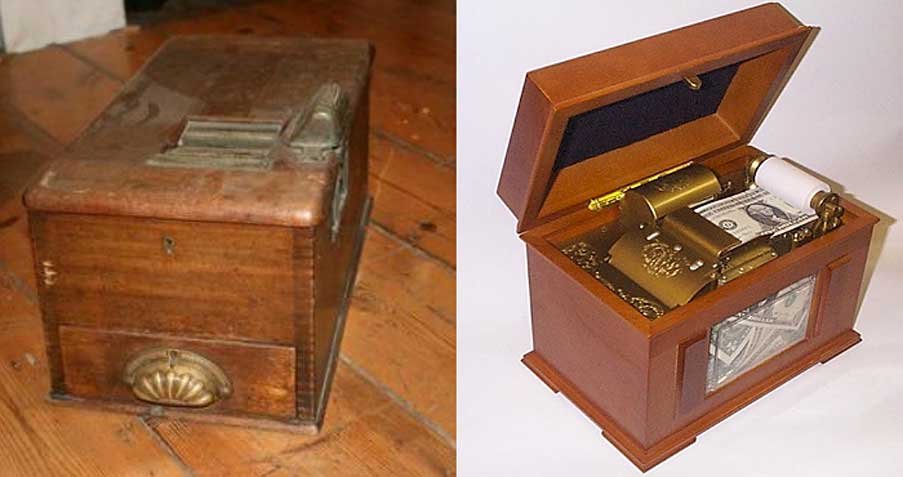
Lustig claimed the box to solve his victim’s cash problem. He preyed on their desire and presented his marks with a large mahogany box with two small slots. He claimed it took six hours to create an identical duplicate of the bill. He would ask for a denomination to be placed in the device on one end and then wait with them while the device supposedly does its “magic”. He would even take them to a bank to authenticate the supposed duplicate but was using sleight of hand to swap out real and fake bills.
He would then sell the box to the convinced buyer at a very high rate, leaving them to figure out how they have been just fooled once he was long gone. But eventually, Lustig’s trick started catching up with him, and he had too many law enforcement agents on his tail.
He knew it was better to lose the heat rather than being caught and end up in prison, thus he decided to move back to France in 1925. That is what led him to the biggest opportunity of his career — selling the Eiffel Tower.
Victor Lustig selling the Eiffel Tower, twice
With the effects of post-war, the country was still recovering from the loss. The Eiffel Tower may have been the Paris’ proudest landmarks but it was facing the hard times. Primarily build-up of iron, the tower started to rust and the country’s economy wasn’t in a condition to support its maintenance and repairments. Lustig came across a news headline that the public might be in support of the Eiffel Tower being torn down, and he saw it as an opportunity to play his wildest plan that would make him one of the most wanted man, in France too.

Lustig being an experienced con-man who hasn’t failed yet in his crime career had this obsession with attaining the high-class status. This gained him contacts with some of the richest and most powerful people on both continents. But maintaining such personality and being off the radar of the law enforcement wasn’t that easy, Lustig had to be careful with each of his moves. Thus he had developed a “Ten commandments of the Con” that he would follow throughout his life.
Victor Lustig’s 10 Commandments
These sets of instructions were something Lustig learned over time with his experience performing a scam, being a sharp mind he knew how to handle certain situations and people. Instructions that would let him pull off one of the wildest scams in history were –
- Be a patient listener.
- Never look bored.
- Wait for the other person the reveal their political views, then agree with them.
- Let the other person reveal their religious views, then make yours the same.
- Be open to discussing sex, but only follow if the mark displays a strong interest.
- Don’t discuss illness unless the mark shows concern.
- Don’t pry into a person’s personal circumstances, wait for them to reveal them to you.
- Never boast about anything, let your importance become obvious.
- Always look sharp and tidy.
- Finally, never get drunk and keep your senses.
Victor Lustig always followed these rules, but never more when he finally started setting up his Eiffel Tower scam. He was able to forge fake government stationary that helped him to represent himself as the Deputy Director-General of the Ministry of Posts and Telegraphs.
Being a government official, it was easy for Lustig to now contact his targets, and those were the Paris’ most powerful scrap metal dealers. After contacting them, he told them how the government had decided to take down the Eiffel Tower and sell its metal for scrap. He also warned them to keep the deal a secret since revealing it could cause a public uproar, but of course, Lustig was just being careful to not get caught. He might have contacted several dealers, but he wasn’t looking to target them all, he was just looking for the perfect and easy mark. And he finally found it in André Poisson.
Poisson was an insecure man, looking to take his place within the big league of the business community. Lustig pretended to accept his bid as a corrupt official and asked for a bribe of around 70,000 francs to guarantee Poisson’s as the winning scrap dealer.
Poisson being convinced of the deal paid Lustig off, and Lustig was quick to run to Austria with the money. Lustig was successful in choosing his target because Poisson was so embarrassed by his failure that he never reported the scam to the authorities and Lustig’s massive scam never surfaced over.
Lustig might have pulled off the best scam of his life, but this made him more fearless and in other words, overconfident. This led him to dare to pull the same scam for a second time.
Lustig contacted a second group of scrap dealers and selected another target among them. He played everything the same way, asked for the bribe, but this time his target wasn’t as weak as Poisson. He reported Lustig to the police, but eventually, they weren’t successful in catching him, although now he was on their radar, thus Lustig again ran off to the U.S.
Catching up Victor Lustig
Lustig might have pulled off a close call of being caught, but he became reckless and more arrogant with his targets. Still being one of the most wanted men in the U.S., he didn’t think twice to get started with another of his higher-level scams.
He partnered with pharmacist William Watts and a chemist Tom Shaw, both from Nebraska with a goal to mass-produce counterfeited dollar bills and sell them. While both of his partners were responsible for the bills to be printed, Lustig was assigned with the job for it being circulated and to ensure the secrecy regarding both, production and the flow of the counterfeit money.
Their plan was successful and they managed to circulate the fake money, nearing thousands of dollars for around 5 years, but eventually, it drew the attention of the federal agents after the money started affecting the U.S. economy.
Lustig had one other weakness, and it was his passion for the ladies. He was known for being a ladies’ man and had his own mistress named Billy May.
But when Billy May found out about Lustig’s betrayal with Shaw’s mistress, she decided to take the revenge and ended up calling the authorities leaving an anonymous tip. This led to Lustig’s arrest when he was caught red-handed with around $51,000 of counterfeit bills along with the plates used for printing them, in a locker at Times Square subway station.

But Lustig had one last trick under his sleeves to pull off. Which he used just a day before his trial. He played being sick and managed to escape from the medical wing of the detention center in New York. Nearly after a month, he was finally caught in Pittsburgh.
Lustig pleaded guilty of his crimes and was sentenced to 15 years in federal prison plus 5 years for the escape. He was sent to the notorious Alcatraz Prison in California.
In the end it was an enemy that Victor Lustig couldn’t out talk, out scam, or con. After serving 12 years in prison, Lustig came down with a bad case of pneumonia, and died 2 years later. The Eiffel Tower however, still stands strong and has been repaired, repainted and was able to secure its position as France’s most beloved landmark.
Now that you have read about Victor Lustig, you might also like reading about the soldier who found the CIA, Donovan “Wild Bill”.
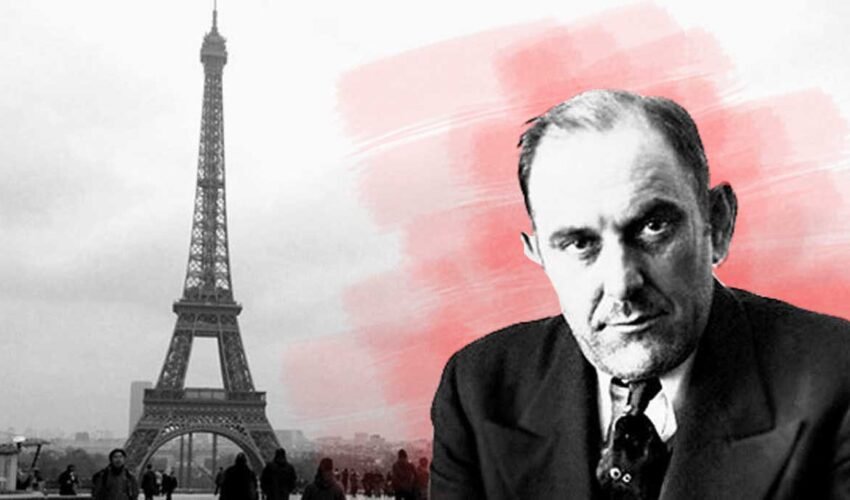
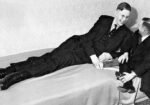

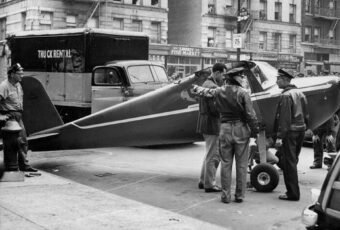





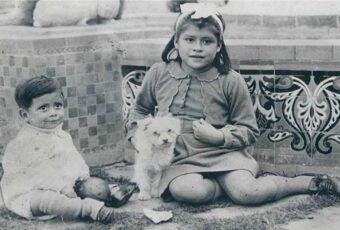


Follow Us